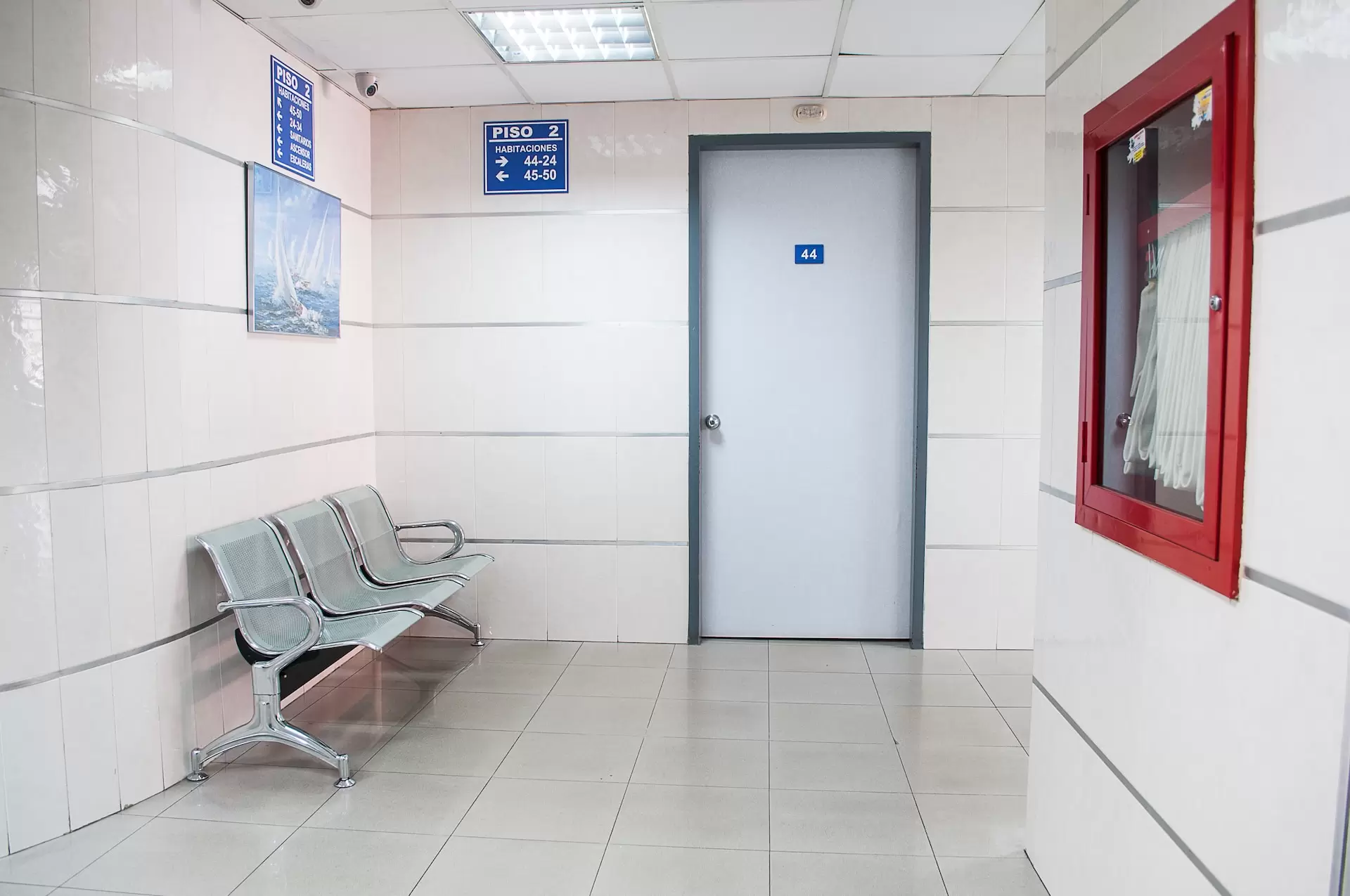The Spanish healthcare system consistently ranks as one of the best in Europe; some of the country’s hospitals and medical centers are ranked among the best in the world. Health insurance in Spain is also relatively cheap (especially compared with health insurance in the USA). This article explains everything you need to know about Spanish healthcare if you are planning on moving to Spain.
Public vs. Private Healthcare in Spain
Spain has both public and private healthcare systems. Many people use a combination of both systems.
Public healthcare
Spain has a public healthcare system. Although it is not free, Spanish law dictates that both emergency and basic care is provided to all Spanish residents.
If it’s not free, who pays?
Anyone with a job, or that is registered as self employed, pays into the Spanish healthcare system. On average, people pay around 2000€ per year into the Spanish social security system (Nacional de la Seguridad Social). This amounts to about 9% of Spain’s GDP. Because the system is required by law to treat people in need, in essence people that work underwrite healthcare for the rest of the country. As Spain’s unemployment rate, which was 13.26% in the first quarter of 2023, is one of the highest in Europe, this would appear to be a somewhat controversial subject. However, that is not the case. Most people seem to accept the fact.
The main exception to this is the self employed. Even the lowest earners (taxable income of 670€ per month) are required to pay 230€ a month into the system. This will decrease slightly in 2025 but will be made up for by high earners, who will need to pay up to 590€ per month in 2025. The self employed essentially subsidize those with employers or are unemployed, which is often a source of frustration. This is why if you are moving to Spain, we recommend you take advantage of Spain’s excellent golden visa program. This program grants long term residency to Spain via a property purchase of 500k€. It is also the most stable of the golden visa programs in Europe. People that obtain long term visas through property purchase are eligible to use the Spanish public healthcare system. Moreover, their direct family is also eligible for for Spanish healthcare: spouses, dependents under 26 years of age and even siblings. We will explain how to do this later in this article; it is a relatively easy process.
Do you want to learn more about Spain’s golden visa program? Or perhaps you know about it and are ready to start looking for your dream property in Madrid? Regardless of where you are in the process, we invite you to arrange a FREE CONSULTATION to learn more.

What is covered by public Spanish healthcare
Almost everything you need is covered by Spanish healthcare. This includes not just emergency and primary care services, but also diagnostic services (like blood tests and x-rays), pediatricians, family medicine, nursing care, maternity care, neonatal care, midwives, physiotherapists and rehabilitation. If you need to see a specialist, your primary care physician will refer you to one.
Not fully included are pharmaceutical products, orthotics, prosthetics and other health products. You will be charged between 10 and 60% of the full price, depending on your income level.
An important point to note is that public healthcare is not uniform across Spain. The type of services provided varies across the autonomous regions of Spain and is administered at the regional level, not the national level. Prices may also vary across the autonomous regions. Information in this article is specific to Madrid, so if you are planning on living elsewhere in Spain, we recommend you check your specific region.
How to obtain access to public healthcare in Spain

If you are a Spanish resident (short or long term), it is easy to get a Spanish healthcare card (tarjeta sanitaria) at your local health care center. It is important to note that your health center is based upon your place of residence; you cannot go to another. If you live in Madrid, you can find your health center here: Buscador de centros sanitarios. The site is in Spanish, but it’s easy to use. You enter your name, municipality (Madrid), select Centros de salud and then type in your postal code. It will show you a map; just zoom in and find the one closest to you.
Once you find the center nearest you, assemble the following documents and bring them to the center:
- Your Spanish identification card (you receive this as part of your residency application).
- Your passport, just in case. Sometimes they ask for it, sometimes they don’t.
- A copy of the paper which states your Spanish social security number.
- A copy of your empadronamiento (to prove your address).
They will take the documents, make copies and give you a paper which will serve as temporary proof of insurance. You will receive your health care in the mail.
Private healthcare
If the public healthcare is so good, many people ask why they would want private healthcare. There are a few main reasons:
- The wait to see a specialist in the public system can be quite long. It can also take a long time to schedule surgeries. For example, say you have a mole that needs to be removed. It will be much, much quicker to do this in a private center.
- The facilities are often nicer.
- You can choose your doctors.
- You want dental insurance (this is not covered by Spanish public healthcare).
- There is a better chance the doctors and nurses will speak English.
If you wish to obtain private health insurance in Spain, there are a few big carriers you can use. In general, a Spanish carrier (such as Mapfre) will be cheaper than an international one. The most popular private carrier is Sanitas, which is the Spanish brand of the UK based Bupa Group.
You can go to their website and enter your basic criteria to get a price estimate. Like other carriers in Spain, they provide different levels of insurance. There is the basic level, which comes with co-pays and doesn’t include surgeries or hospitalizations, the medium level which has low co-pays but includes surgeries, hospitalizations and dental, and the “Plus” tier. In this tier, there are no co-pays and basically everything is included, even psychotherapy and speech therapy. Even the most expensive private Spanish health insurance from Sanitas is relatively low. For example, for a 40 year old woman living in Madrid the premium for the Plus plan is 70.75€ per month, which can be taken down to 67.92€ per month if paying annually.

Conclusion: Public or private Spanish healthcare?
Because the cost of private health insurance in Spain is relatively low, most people use the public healthcare system for big items (which is where it excels) and supplement it with private health insurance for smaller things, such as dermatologists or using a chosen primary care physician.
As we mentioned earlier, if you have your own business and are planning on moving to Spain, we recommend you purchase property and obtain a golden visa, as this will enable you to use the public healthcare system without paying the monthly social security contributions for the self employed, which can be extremely high. This is also true of people that have Spanish entrepreneur visas.
Relocation to obtain low cost, high quality health insurance is increasingly popular. Are you interested in moving to Spain and getting health insurance for you and your family? If so, CONTACT US TODAY to learn more about your housing options. Whether renting or buying, the professional team at Madrid Estate can help you with your relocation.





